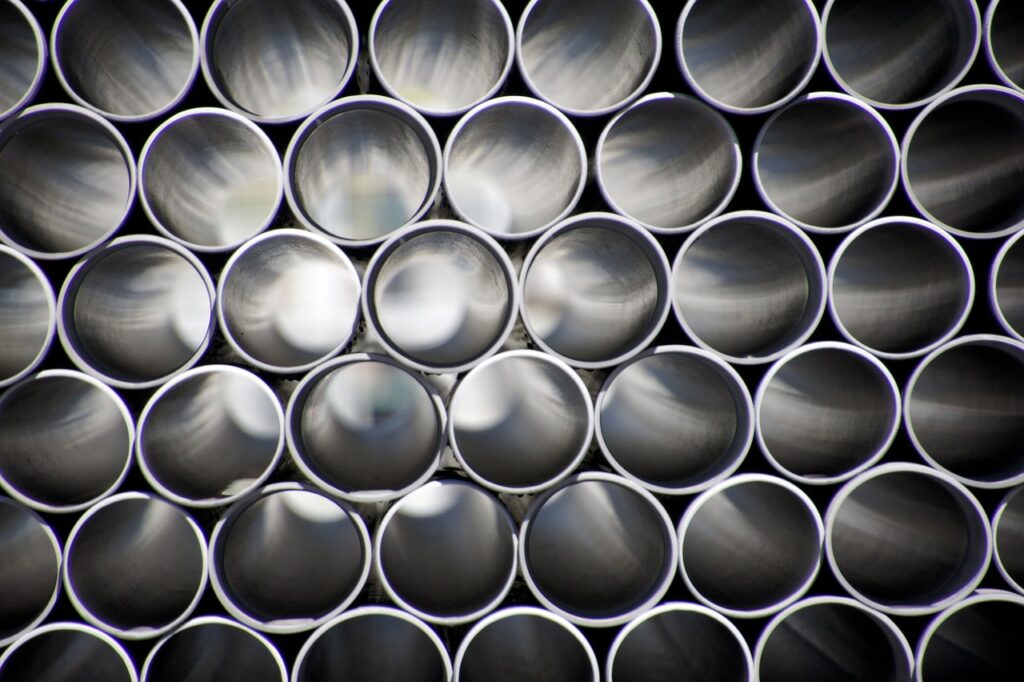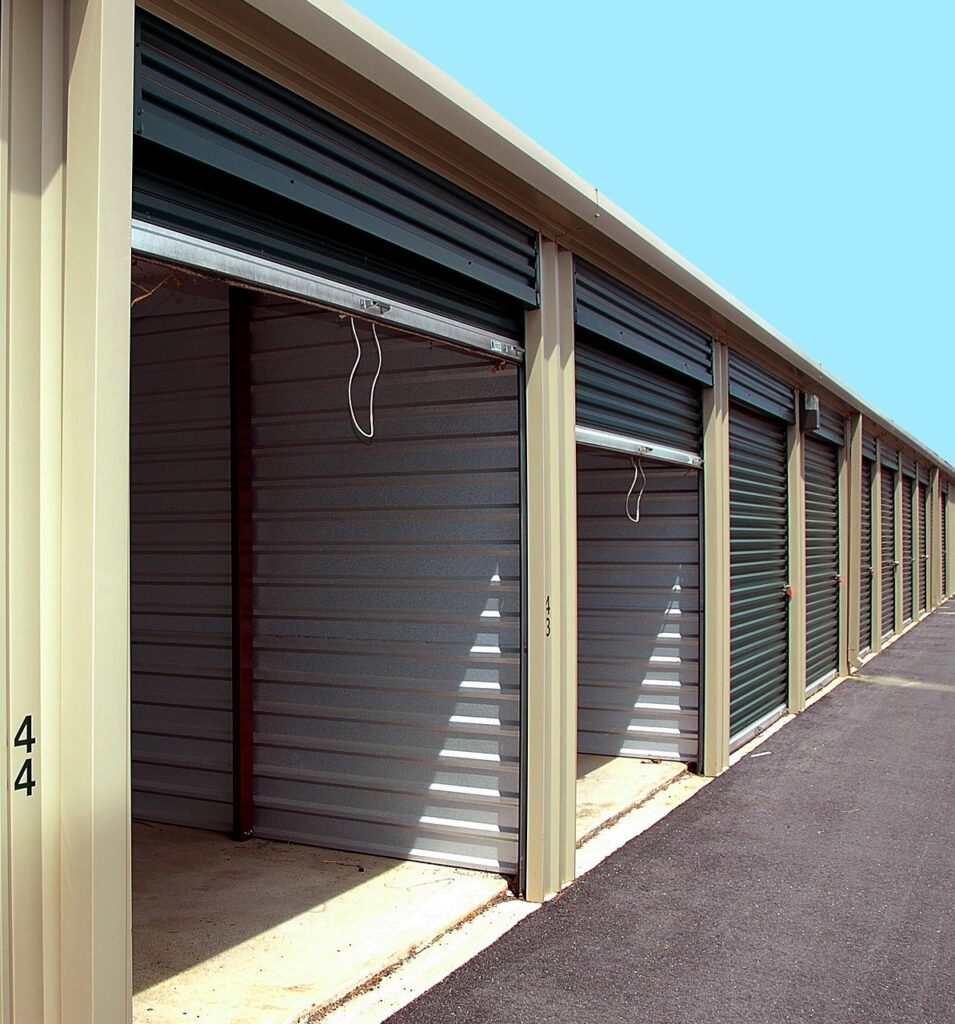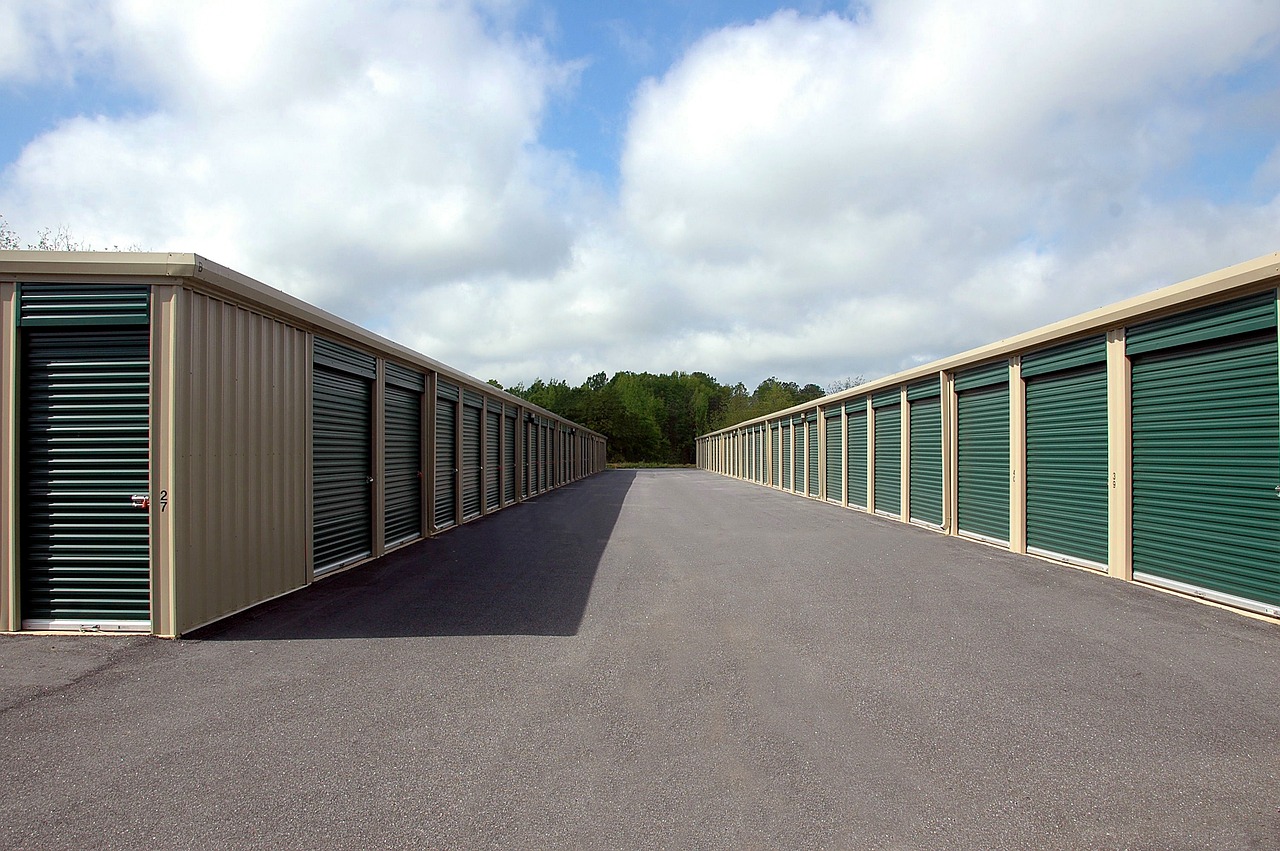A cache, in the preparedness world, is a curated collection of gear and supplies that’s been positioned away from home for use in an emergency. The cache is a resupply point, more or less, if you’re forced from your home for any reason.
Probably the most common type of prepper cache is a PVC tube that’s filled and then buried. That concept has been around for decades. I remember reading about it in an old Ragnar Benson book in the 1980s, and it wasn’t exactly new then.

Those PVC caches are certainly viable, but there are other options worth exploring, such as self-storage units.
Now, before we go any further, let me say this. I am not and would not recommend securing one of these storage units strictly for preparedness use. The expense is too high for that. However, more and more families are using these storage facilities to contain the overflow from their homes and garages. If you’re one of them, why not let the unit serve double duty?
Self-Storage Units
These have been around since the late 1950s, but it wasn’t until the 1990s that they started getting popular. Today, they’re big business and you can find them everywhere. Interestingly, self-storage facilities are largely an American phenomenon. I suppose that makes sense, as there are few cultures outside the United States that place such as high value on stuff more than Americans.

For those who’ve not used one before, these facilities offer a range of sizes for storage, with the most common seeming to be 10 feet by 10 feet. The rates will vary based on location and amenities. Locally, the 10×10 units run about $100 a month. Basically, you’re renting what amounts to a large closet or small room with a door you can lock. While they aren’t all climate-controlled, they’re dry and will protect your cache, as well as old household goods, from the elements.
Location, Location, Location
If you’re considering renting a storage unit and then using part of the space as a preparedness cache, location definitely matters. Many of these storage facilities are located in urban areas and often not in the greatest parts of those cities. In other words, their location isn’t someplace you’ll want to visit if things are already getting dicey and chaotic.
However, there are tons of these storage units located well outside city limits. Not only are those safer options, they’re less likely to be hit by looters. From where I’m sitting in my home office, I can think of at least four self-storage facilities that are each within a 20-minute drive and are located in rural areas.
Cache Access
Something to consider is whether you’ll be able to access your storage unit cache in a grid-down situation. Many of them are fenced in and utilize a gate that is opened by a key card or keypad. It’s worth asking the management about any provisions they have in place for getting to your unit if the power is out. If you’re going to be unable to reach your cache in an emergency, what’s the point of having it?
Again, I’m not suggesting you spend a couple thousand dollars a year just to set up and maintain a preparedness cache. But if you’ll be spending the money on a storage unit anyway, choose the location using a preparedness mindset and toss in some supplies and gear, just in case.
Read the full article here










